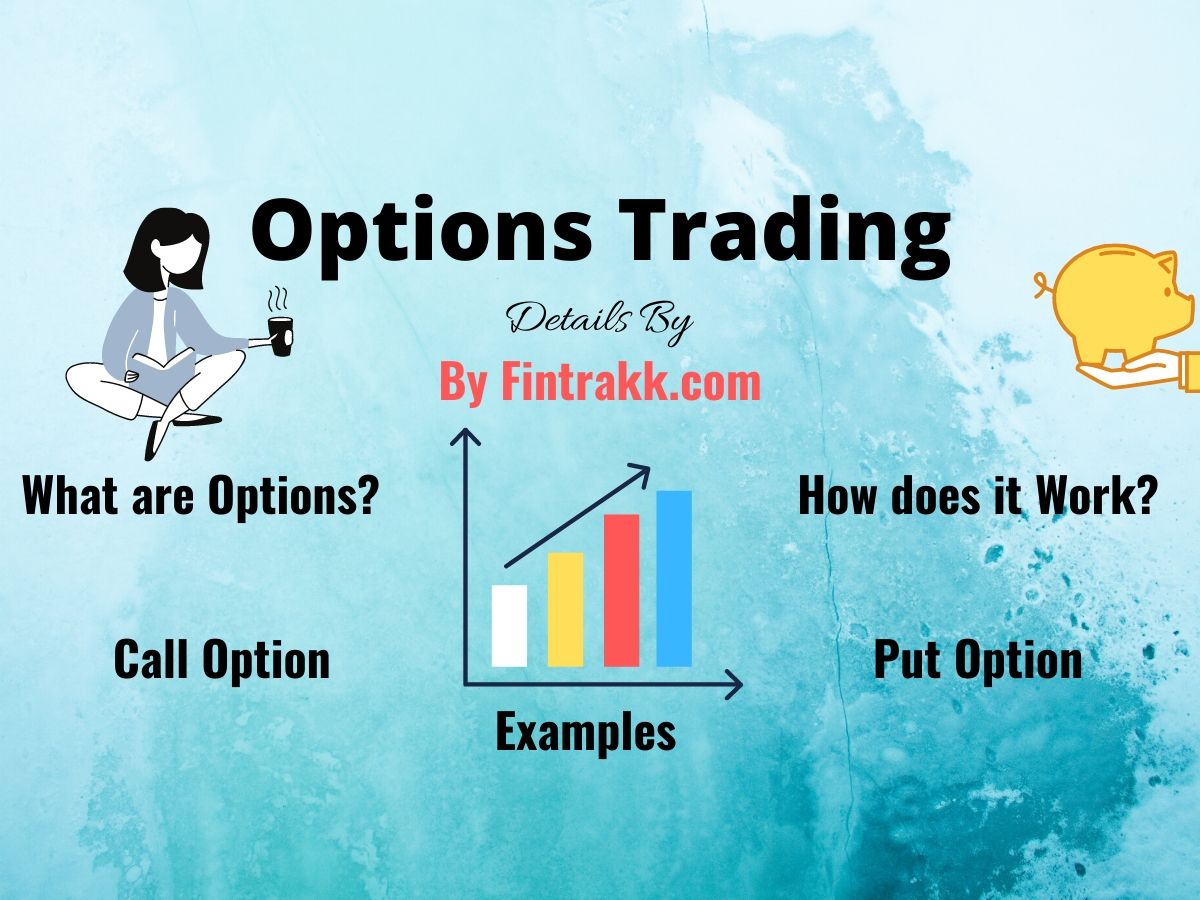Unlock the Power of Options Trading: Empower Your Financial Future
In the realm of financial markets, options trading emerges as a versatile tool that provides investors with the potential to amplify profits and manage risk. Among the diverse types of options, two fundamental pillars stand out: puts and calls. Comprehending the nuances between these options is crucial for navigating the complexities of options trading. Join us as we delve into the captivating world of put vs. call options, unraveling their distinct characteristics and empowering you to make informed investment decisions.

Image: fintrakk.com
Introducing Options Trading: A Path to Profound Investment Possibilities
Options contracts, financial instruments with defined lifespans, grant the holder the right, but not the obligation, to buy (call) or sell (put) an underlying asset, usually a stock, at a predetermined price (strike price) on or before a specific date (expiration date). This versatility makes options suitable for various trading strategies and investment goals.
Understanding the Essence of Put Options: Benefiting When Markets Decline
Put options are often embraced by investors seeking to capitalize on anticipated declines in an underlying asset’s value. By purchasing a put option, the holder acquires the right to sell a specific quantity of the underlying asset at the strike price, regardless of its prevailing market price. Upon expiration, if the asset’s price falls below the strike price, the put option holder can exercise their right to sell, locking in a profit from the price difference. This strategy provides investors with downside protection, potentially mitigating losses when markets sour.
Unveiling the Potential of Call Options: Profound Strategies for Bullish Markets
Call options are the embodiment of bullish sentiment, enabling investors to seize profit opportunities arising from rising asset prices. When an investor purchases a call option, they gain the right to buy a specific amount of the underlying asset at the strike price before the expiration date. As the asset’s price climbs higher, so does the value of the call option. By exercising their option at the opportune moment, investors can capture significant gains in bull markets.
Expert Insights and Actionable Strategies: Enhancing Your Options Trading Journey
Navigating the complexities of options trading requires a profound understanding of its intricacies. Seek counsel from seasoned experts and delve into reputable resources to broaden your knowledge base. Consider incorporating technical analysis, charting techniques, and risk management strategies to enhance your decision-making process.
Conclusion: Empowering Investors with Unrivaled Flexibility and Risk Management
Options trading, with its versatility and risk management capabilities, presents investors with boundless opportunities. By grasping the fundamental differences between put and call options, you unlock the power to craft tailored strategies that align with your investment objectives. Whether seeking downside protection or capitalizing on market upswings, options trading can equip you with the tools to amplify profits and mitigate risks. Embrace the journey of knowledge acquisition, empowering yourself to conquer the dynamic world of financial markets.
![[WIP] Enrollment – Options Trading Program | Beyond Insights](https://www.beyondinsights.net/wp-content/uploads/Call-vs-Put-Options.png)
Image: www.beyondinsights.net
Options Trading Put Vs Option
:max_bytes(150000):strip_icc()/ShortSellingvs.PutOptions-eff3cf41a5f549978c295eef47fbc2bd.png)
Image: www.investopedia.com






